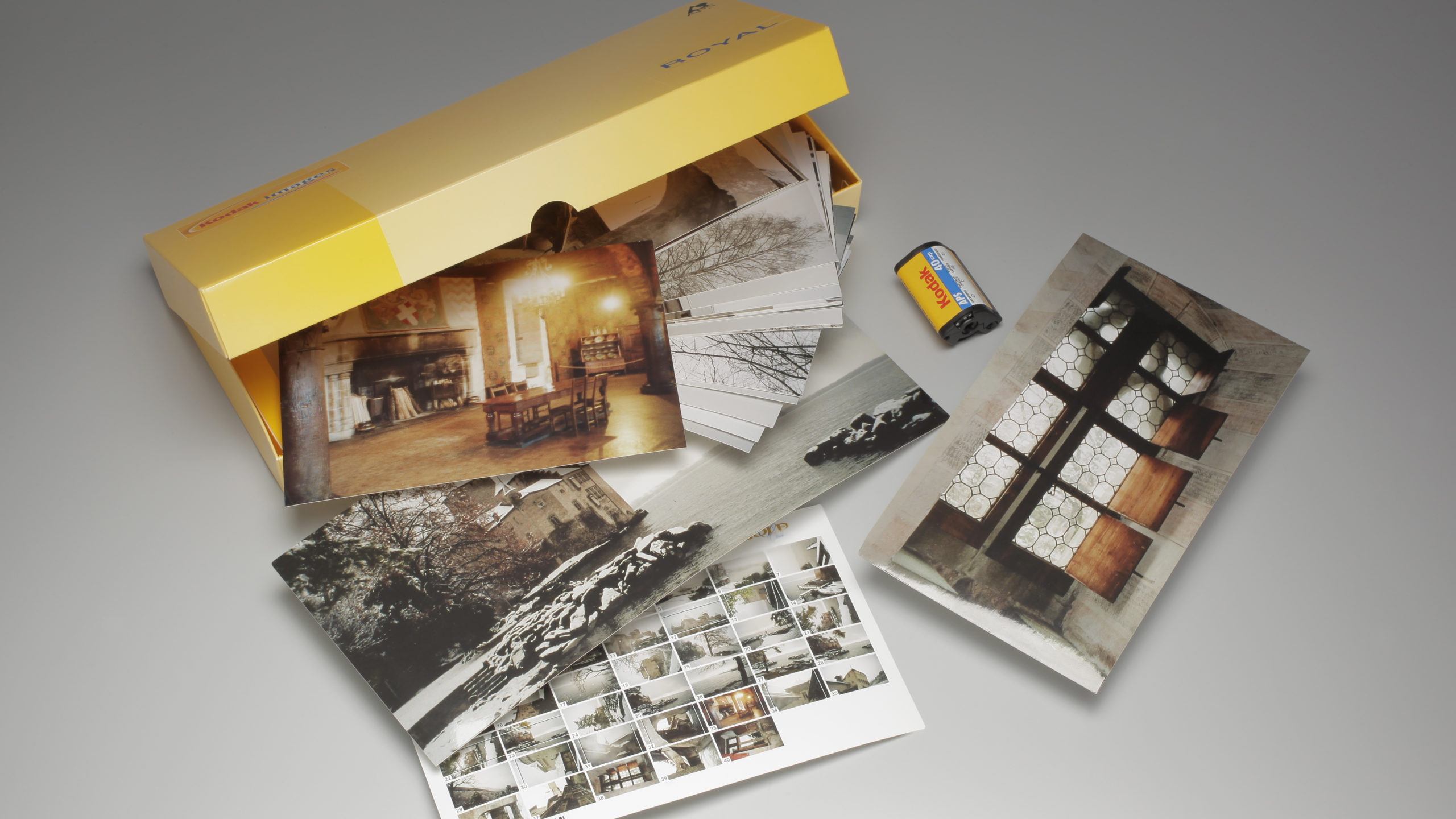The APS format
In an attempt to breathe new life into the photography market, five leading manufacturers united their efforts to launch a new film format in 1996, the Advanced Photographic System.
At the beginning of the 1990s, Kodak, Fuji, Canon, Nikon and Minolta decided to face the challenge posed by a market, which was steadily losing momentum.
In 1996 they put the APS on the market, a new film format, the main new feature of which was the addition of a magnetic tape, which recorded data relating to the image. It became possible to indicate various parameters, such as the time at which the shot was taken or exposure data, as well as the format in which the photographs should be printed. It was also possible to add text or sound. Housed within a cartridge, the 24 mm wide film just needed to be placed inside the camera. It was then automatically loaded, preventing any errors due to manipulation.
Marketed as the new standard format for silver-based photography, the APS was a moderate success at best. The absence of any decisive advantage over 35 mm film and the gradual appearance of digital cameras aimed at the general public certainly did not work in its favour.


